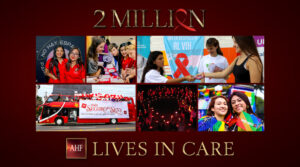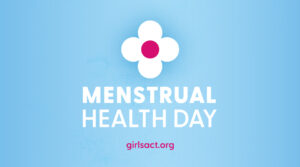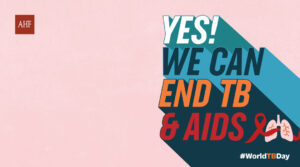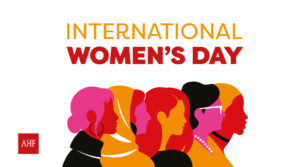Problems such as poverty, limited access to antiretroviral treatment, stigma and wide inequalities are just some of the barriers that prevent the large-scale success of the “undetectable= nontransferable” strategy.
“Undetectable= nontransferable” (U=NT) is an idea of treating everyone with HIV to lower their viral load (the amount of virus circulating in their blood) to a level so low that it is undetectable. For years it has been proven that, when the viral load is undetectable, the possibility of transmitting HIV to another person through sexual intercourse is zero.
Using such a strategy it would be possible to clearly reduce new HIV infections. However, to achieve this, it is necessary that as many people as possible are diagnosed and receive the appropriate treatment to keep the virus under control, and that has not happened in almost any region of the world.
To analyze the factors that interfere with this objective, specialists from around the world met at the U=NT World Summit, held within the framework of the 24th International AIDS Conference, which took place in Montreal, Canada, at the beginning of last August. This was reported by the specialized website Aidsmap.com.
The case of Latin America
Only 60% of people living with HIV in Latin America who are receiving antiretroviral treatment have an undetectable viral load, reported Dr. Franco Bova, a member of the Positive Cycle Association of Argentina.
This figure is far from the goal of 95% of people with an undetectable burden, set as one of the goals promoted by the Joint United Nations Program on HIV/AIDS (UNAIDS) to end AIDS by 2030. In addition, America Latina is one of the regions where the incidence of HIV has increased since 2020.
On the main factors that influence this trend, Bova stated that social inequality favors the trend of new infections, in addition to preventing people with HIV from reaching an undetectable viral load.
To spread the U=NT message, some countries in the region have used different tools, explained the doctor, such as a comic strip in Mexico, music videos and concerts in Venezuela, and official campaigns in Brazil. However, there are still important gaps to fill, since, for example, in Peru, the Ministry of Health does not collect data on undetectable viral load, Bova pointed out.
Situation in the Caribbean
In Jamaica, the stigma attached to HIV, poverty, insufficient health services and low literacy are the main factors that limit treatment coverage and the correct intake of treatment by people.
“To put it simply, if people can’t eat or don’t have a job — with enough money to buy food — if their basic needs aren’t met, taking HIV treatment won’t be a priority for them,” he said. Judy-Ann Nugent, member of the Jamaican Network of Seropositive (JN+).
Even so, in this region of the Americas there has been progress, since 70% of people with HIV had access to treatment in 2021, and the incidence of infection has been declining.
According to the most recent data from UNAIDS, 84% of people with HIV in the Caribbean have been diagnosed, 83% are on treatment and 84% have an undetectable viral load.
To promote that more and more people know about the I=I strategy, Nurgent recommended that campaigns on the subject be included in agreements with international bodies that finance the response to HIV, such as the Global Fund against AIDS, Tuberculosis and the Malaria or the United States President’s Emergency Plan for AIDS Relief (PEPFAR). This would force governments to take dissemination actions as a condition to continue receiving financing.
Remember that at AHF Latin America and the Caribbean we work so that more and more people have access to quality HIV services. We do free screening tests and provide information about HIV and other STIs. If you want to know our services, come to our closest office to you, we are in 11 countries.






